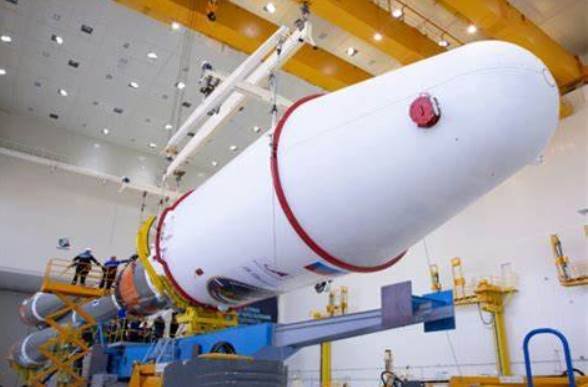Russia is back in the race to explore the moon after successfully launching its first lunar lander since 1976. The Luna 25 spacecraft, also known as the Luna-Glob-Lander, lifted off from the Vostochny Cosmodrome in the far east of the country on Thursday, August 10, 2023.
The uncrewed spacecraft is expected to reach the moon in about a week and land near its south pole, a region of high scientific interest due to the presence of water ice and other potential resources. Luna 25 will use a robotic arm equipped with a scoop to collect soil samples and analyze their composition. It will also study the plasma and dust environment in the very thin lunar exosphere, or the moon’s scant atmosphere.
Luna 25 is part of a larger program of lunar exploration by Russia, which plans to send two more landers, Luna 26 and Luna 27, as well as an orbiter and a rover in the coming years. The ultimate goal is to establish a permanent human presence on the moon by 2030.
Luna 25 faces competition from India’s Chandrayaan-3

Russia is not the only country that is interested in the moon’s south pole. India’s Chandrayaan-3 mission, which launched in mid-July, also aims to land in the same area and explore its water-rich potential. The two missions are expected to touch down on August 23, and it is unclear which one will land first.
Both missions are second attempts after previous failures. Russia’s last lunar lander, Luna 24, landed on the moon in 1976 and returned soil samples that indicated the presence of water. However, since then, Russia has suffered two failed space landing missions, Mars-96 in 1996 and Phobos-Grunt in 2011, both of which crashed into the Pacific Ocean. India’s Chandrayaan-2 mission also failed to land on the moon in September 2019 due to a loss of communication with the lander.
Luna 25 is a matter of prestige for Russia
The successful launch of Luna 25 is seen as a sign of revival for Russia’s space program, which has been struggling with budget cuts, technical issues, and international isolation due to its war in Ukraine. Russia was once a leader in space exploration, being the first country to launch a satellite, a human, and a rover into space. However, it has fallen behind other countries such as the US, China, and India in recent years.
The launch of Luna 25 is also a way for Russia to assert its presence and influence on the moon, which is becoming a new arena for geopolitical competition and cooperation. The US has announced its plans to return humans to the moon by 2024 under the Artemis program, which involves several international partners but excludes Russia. China has also been advancing its lunar ambitions, having landed two rovers on the far side and near side of the moon.
The launch of Luna 25 was broadcast live on Russian state television and celebrated by President Vladimir Putin as a “great achievement” for Russian science and technology. He also congratulated Roscosmos, Russia’s space agency, for overcoming “many difficulties” and “restoring” its lunar exploration capabilities.





















